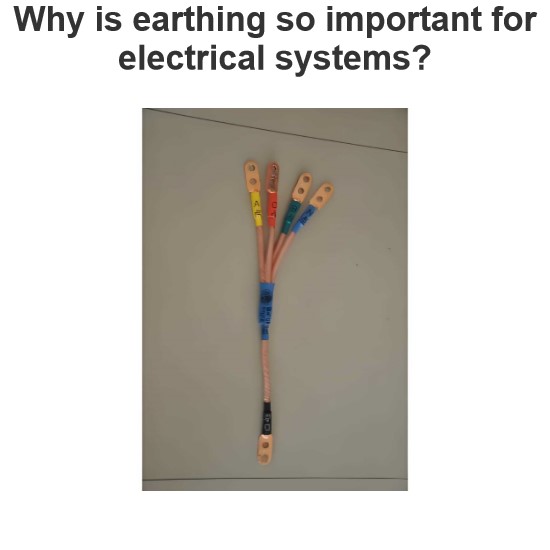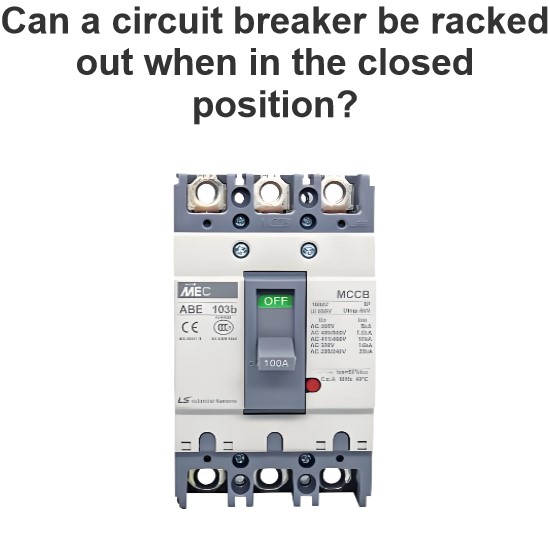What is the difference between circuit breakers that require a neutral wire connection and those that do not?
Circuit breakers (Circuit Breakers) are essential components in electrical systems used to protect circuits from faults such as overload and short circuits. Depending on whether they require a neutral line connection, circuit breakers can be classified into two types: those that require a neutral line connection and those that do not. Below are the distinctions between these two types of circuit breakers:
Circuit Breakers That Require Neutral Line Connection (Neutral Connected Breaker)
Characteristics
Dual-Pole/Multi-Pole Breakers: These breakers are typically used in three-phase systems or situations where both the live (hot) line and the neutral line need to be cut off simultaneously. They offer better protection because they ensure no current flows through the neutral line when the circuit is interrupted.
Protection Features: These breakers can detect faults and interrupt all relevant conductors, including the live line and the neutral line, providing comprehensive protection.
Installation Complexity: Installation requires connecting the neutral line, adding complexity and cost.
Application Scope: Suitable for scenarios requiring simultaneous disconnection of both the live line and the neutral line, such as residential and commercial electrical distribution panels.
Advantages
Safety: When interrupting the circuit, both the live line and the neutral line are cut off, reducing the risk of electric shock.
Reliability: Provides more reliable protection by preventing the continued flow of current due to an uncut neutral line.
Coordinated Protection: Better coordination of protection for both the live and neutral lines, ensuring the overall safety of the circuit.
Circuit Breakers That Do Not Require Neutral Line Connection (Neutral Not Connected Breaker)
Characteristics
Single-Pole Breakers: These breakers are mainly used in single-phase systems where only the live line needs to be cut off. The neutral line remains connected.
Protection Features: Primarily target overloads and short circuits on the live line without disconnecting the neutral line.
Ease of Installation: Installation is simpler and less costly since the neutral line does not need to be connected.
Application Scope: Suitable for scenarios where only the live line needs to be disconnected, such as simple residential electrical protection.
Advantages
Economy: Lower cost because no additional connections or protective devices are required.
Ease of Installation: The installation process is quicker and easier.
Flexibility: More flexible in applications where the neutral line does not need to be disconnected.
Summary of Main Differences
Functional Differences
Circuit Breakers Requiring Neutral Line Connection: Can simultaneously cut off both the live line and the neutral line, providing more comprehensive protection.
Circuit Breakers Not Requiring Neutral Line Connection: Only cut off the live line, without disconnecting the neutral line.
Installation and Cost Differences
Circuit Breakers Requiring Neutral Line Connection: Higher installation complexity and relatively higher costs.
Circuit Breakers Not Requiring Neutral Line Connection: Easier installation and lower costs.
Application Scenarios
Circuit Breakers Requiring Neutral Line Connection: Suitable for applications requiring higher safety and protection levels, such as residential and commercial electrical systems.
Circuit Breakers Not Requiring Neutral Line Connection: Suitable for simple circuit protection, such as specific single-phase applications.
The choice between these types of circuit breakers depends on the specific application requirements, safety needs, and cost considerations. In practical applications, selections should be made based on the specifics of the circuit to ensure both necessary protection and economic and installation simplicity.
The Electricity Encyclopedia is dedicated to accelerating the dissemination and application of electricity knowledge and adding impetus to the development and innovation of the electricity industry.




